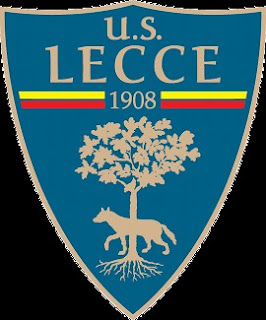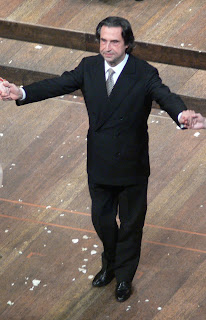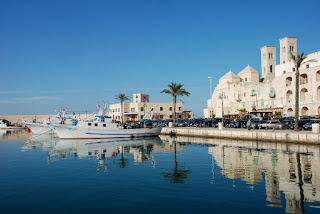Southern Italian roots of the new boss of Chelsea
 |
| Antonio Conte, the Italian coach who is Chelsea's new manager |
Antonio Conte, the coach who led Italy to the quarter-finals of Euro 2016 and is now first team manager at Chelsea in the English Premier League, celebrates his 47th birthday today.
Formerly a hugely successful player and manager with Juventus, Conte was born on this day in 1969 in Lecce, the Puglian city almost at the tip of the heel of Italy.
As a midfield player for Juventus, he won five Serie A titles and a Champions League. He also played in the European Championships and the World Cup for the Italy national team.
After returning to the Turin club as head coach, he won the Serie A title in each of his three seasons in charge before succeeding Cesare Prandelli as Italy's head coach.
Conte hails from a close-knit family in which his parents, Cosimino and Ada, imposed strict rules, although as a child Antonio was allowed to spend many hours playing football and tennis in the street with his brothers, Gianluca and Daniele.
He began to play organised football with Juventina Lecce, an amateur team coached by his father, but it was not long before US Lecce, the local professional club, recognised his potential and offered him an opportunity. Juventina received compensation of 200,000 lire - the equivalent of about €300 or £250 in today's money - plus eight new footballs.
Conte quickly moved up through the Under-15s and Under-20s teams and made his senior debut aged just 16 in 1986 after Lecce had won promotion to Serie A for the first time in their history.
 |
| Antonio Conte's played his first senior football for his home town club, US Lecce |
The move north to Juventus came about in 1991 when coach Giovanni Trapattoni identified him as a prime target and the club paid Lecce seven billion lire, which would translate to a fee of around €6.1 million or £5.2 million today.
He remained with the bianconeri for 13 seasons, playing under just three coaches - Trapattoni, Marcello Lippi (twice) and Carlo Ancelotti - often as captain, usually in a central midfield role. He was called up by Arrigo Sacchi to represent Italy in the 1994 World Cup in the United States, in which the azzurri finished runners-up to Brazil, and by Dino Zoff for the 2000 European Championships, in which they again reached the final, although Conte could not play because of injury.
As a coach, Conte had unsuccessful stints with Arezzo, Bari and Atalanta before winning promotion to Serie A with Siena in 2010-11, joining Juventus in 2011. Regarded as a highly talented tactician and an astute man-manager, the only area in which he has yet to make a real impact as a coach is in the Champions League.
He has been married since 2013 to Elisabetta, although they have been a couple since 2004. They met by chance at a bar in Corso Vinzaglio in central Turin where Conte was having coffee with one of his neighbours, who happened to be her father.
Travel tip:
Lecce, renowned for the extravagance of its Baroque architecture, is sometimes nicknamed the Florence of the South but has far fewer tourists, mainly because it is almost at the bottom of the heel of Italy and difficult to reach. The ruins of a Roman amphitheatre are preserved in the city centre but most of the buildings are 17th century in origin, including the sumptuous Basilica di Santa Croce.
 |
| The Palazzo Madama in Turin's Piazza Castello |
Turin, the city of Juventus, is the capital of the region of Piedmont in the north of Italy. It has had a rich history linked with the Savoy Kings of Italy and there are many impressive Renaissance, Baroque and Rococo buildings in the centre, notably around Piazza Castello, where visitors can find the Royal Palace and the Palazzo Madama, which used to house the Italian senate.
More reading:
Marcello Lippi - World Cup winning coach
How Arrigo Sacchi changed Italian football
Dino Zoff - the World Cup's oldest winner
(Photo of Antonio Conte by Nicola Genati CC BY-SA 3.0)
(Photo of Palazzo Madama by Geobia CC BY-SA 4.0)
Home







